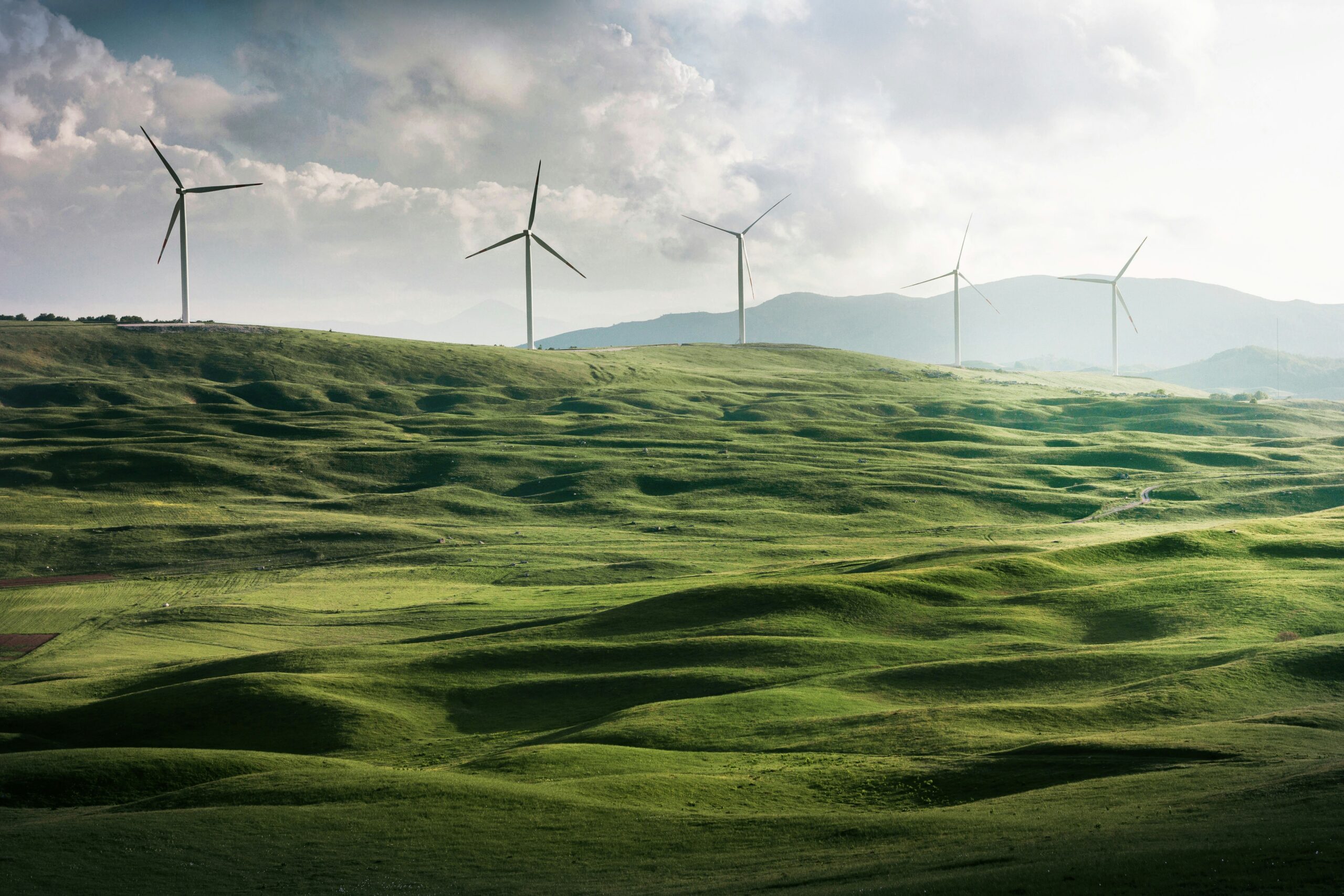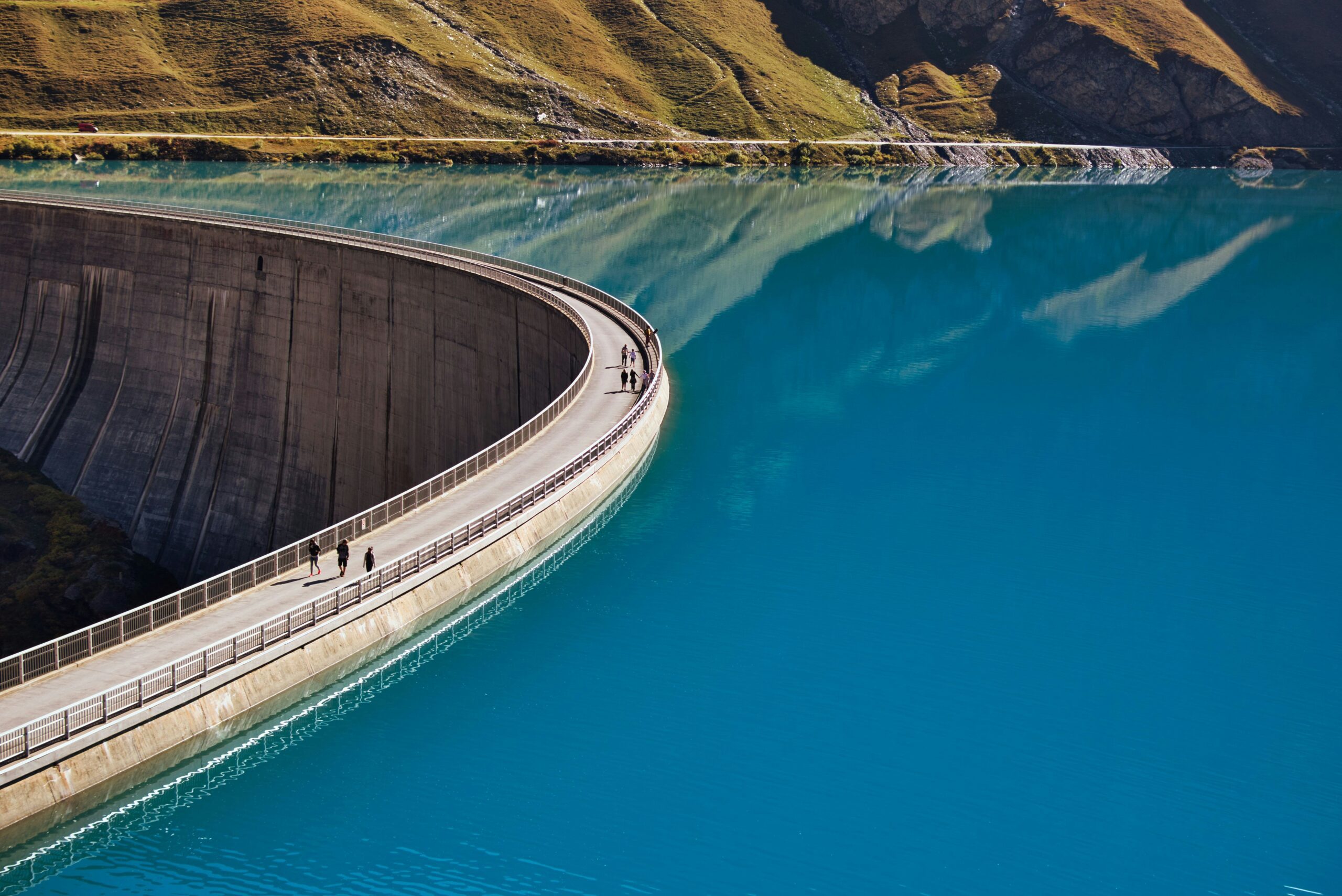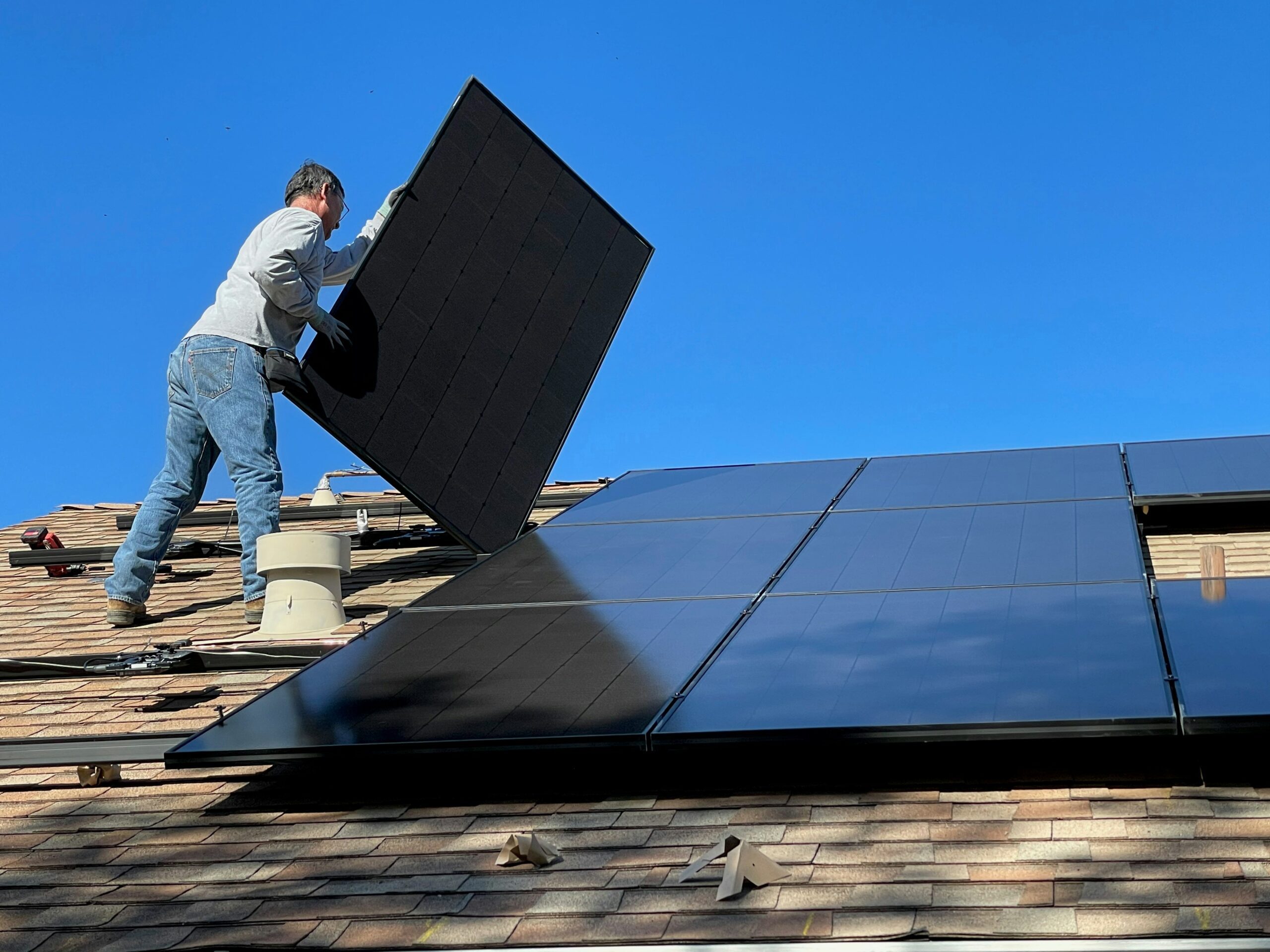Geothermal energy, despite its immense potential, is often overlooked for several reasons:
Lack of Awareness: Many people are simply not aware of geothermal energy or its capabilities. It’s not as widely discussed or promoted in mainstream media compared to other renewable energy sources like solar or wind.
More on the Awareness of Geothermal
“Lack of awareness” can be a significant reason for the underestimation or overlooking of geothermal energy potential for several reasons:
Limited exposure: Geothermal energy might not receive as much media coverage or attention compared to other renewable energy sources like solar and wind. This lack of exposure means that many people, including policymakers, investors, and the general public, may not be familiar with its capabilities and advantages.
Educational gaps: Geothermal energy is not typically included in standard curricula at schools or universities, which can contribute to a lack of understanding among students and professionals in related fields. Without adequate education about its potential and benefits, individuals may not actively seek out information about geothermal energy.
Misconceptions: There may be misconceptions or misunderstandings about geothermal energy, such as believing it is only viable in specific geological regions or that it is not as reliable as other renewable energy sources. These misconceptions can lead to a dismissal of its potential without fully exploring its capabilities.
Perception as niche: Geothermal energy is sometimes seen as a niche or specialized form of renewable energy, primarily suitable for specific locations with favorable geological conditions. This perception can limit its consideration in broader discussions about energy transition and sustainability.
Limited marketing and advocacy: Compared to more established renewable energy sources, geothermal energy may lack robust marketing campaigns and advocacy efforts to promote its benefits and potential. Without active promotion and advocacy, it’s challenging to raise awareness and generate interest among stakeholders.
Complexity: Geothermal energy systems can be complex, involving geological assessments, drilling operations, and engineering expertise. The complexity of geothermal projects may deter individuals and organizations from exploring them further, especially if they are unfamiliar with the technology and processes involved.
Historical biases: Traditional energy sources like fossil fuels have dominated the energy landscape for decades, leading to entrenched biases and inertia in favor of these established technologies. Overcoming these biases requires concerted efforts to highlight the advantages and potential of geothermal energy.
Addressing the lack of awareness surrounding geothermal energy requires comprehensive educational campaigns, targeted outreach efforts, and increased visibility in energy discussions to ensure that its potential contribution to the renewable energy mix is fully recognized and utilized.
High Initial Costs: The upfront costs of geothermal energy systems can be relatively high, particularly for large-scale installations. This can deter investors and developers from pursuing geothermal projects, especially when compared to cheaper fossil fuel alternatives.
More on the Cost Drivers of Geothermal
The high initial costs of geothermal energy projects can be attributed to several factors:
Exploration and site assessment: Before developing a geothermal project, extensive exploration and site assessment are required to identify suitable locations with the necessary geological characteristics for efficient heat extraction. This process involves geological surveys, seismic studies, and drilling test wells, which can incur significant expenses.
Drilling and well construction: The drilling of production and injection wells is one of the most expensive components of a geothermal project. Deep drilling operations, often reaching several kilometers underground, require specialized equipment and skilled personnel, adding to the upfront costs.
Technology and equipment: Geothermal power plants require specialized technology and equipment for heat extraction, power generation, and fluid management. The initial investment in high-temperature turbines, heat exchangers, pumps, and other components can contribute significantly to the overall project cost.
Infrastructure development: Developing geothermal energy projects often involves building or upgrading infrastructure, including transmission lines, substations, and access roads, to connect the power plant to the electrical grid and facilitate resource extraction. These infrastructure investments add to the upfront capital expenditure.
Regulatory and permitting requirements: Geothermal projects must comply with various regulatory and permitting requirements, including environmental assessments, land use permits, and drilling permits. Navigating these regulatory processes can be time-consuming and costly, delaying project development and increasing overall expenses.
Risk mitigation: Geothermal projects involve inherent geological and technical risks, including resource uncertainty, drilling challenges, and reservoir performance. Developers may need to allocate additional funds for risk mitigation measures, such as contingency plans, insurance, and monitoring systems, to safeguard against potential setbacks and losses.
Financing costs: Financing geothermal energy projects can be challenging due to their high upfront capital requirements and perceived investment risks. Securing debt or equity financing may involve higher interest rates, fees, and equity dilution, increasing the overall cost of capital for project developers.
Despite these high initial costs, geothermal energy offers long-term benefits, including low operating costs, reliable baseload power generation, and minimal greenhouse gas emissions, which can contribute to energy security, climate mitigation, and economic development. Over time, advancements in technology, improved resource assessment techniques, streamlined regulatory processes, and economies of scale are expected to reduce the upfront costs of geothermal projects, enhancing their competitiveness and expanding their potential.
Geographic Limitations: Geothermal energy is most abundant in regions with active tectonic activity, such as volcanic areas or regions with significant geothermal gradients. This limits the widespread availability of geothermal resources and makes it less accessible in certain parts of the world.
More on the Geo-Limits of Geothermal
Geothermal energy’s geographic limitations can indeed restrict its potential in several ways:
Geological suitability: Geothermal energy relies on specific geological conditions, such as the presence of hot rocks or magma chambers close to the Earth’s surface. These conditions are not uniformly distributed worldwide, meaning that only certain regions are suitable for geothermal energy extraction. Areas with tectonic activity, such as volcanic regions or geothermal hotspots, are more likely to have viable geothermal resources.
Regional variability: Even within geologically active regions, the quality and accessibility of geothermal resources can vary significantly. Factors such as depth, temperature, permeability of rock formations, and fluid characteristics can affect the feasibility and cost-effectiveness of geothermal development. As a result, not all areas within geothermal-rich regions may be suitable for exploitation.
Distance from demand centers: Geothermal resources are often located in remote or sparsely populated areas, far from major population centers and industrial hubs. Transporting heat or electricity over long distances to reach end-users can incur significant transmission losses and infrastructure costs, reducing the economic viability of geothermal projects. Proximity to demand centers is therefore an important consideration for assessing the practicality of geothermal energy deployment.
Water availability: Many geothermal power plants rely on the circulation of water or other fluids through underground reservoirs to extract heat and generate electricity. However, not all geothermal resources have sufficient quantities of water or suitable fluid characteristics for efficient heat extraction. Water scarcity or poor water quality can pose challenges to geothermal development, particularly in arid regions or areas experiencing competing demands for water resources.
Environmental and land use considerations: Geothermal development can have environmental impacts, including land disturbance, subsidence, induced seismicity, and the release of greenhouse gases and other pollutants. Balancing the potential benefits of geothermal energy with environmental and land use concerns is essential for sustainable development. Regulatory restrictions, conservation priorities, and community opposition may limit the extent to which geothermal resources can be exploited in certain areas.
Competing land uses: Geothermal resources may compete with other land uses, such as agriculture, conservation areas, or urban development. Conflicting land use priorities can constrain the availability of suitable sites for geothermal exploration and development, particularly in densely populated or ecologically sensitive regions. Addressing these geographic limitations requires careful resource assessment, technological innovation, strategic planning, and stakeholder engagement to identify and prioritize geothermal opportunities in regions where the benefits outweigh the challenges.
Increasing access to geothermal energy through enhanced resource exploration, improved drilling techniques, and innovative project designs can help unlock its potential as a reliable and sustainable energy source.
Technical Challenges: Developing geothermal energy projects often involves complex engineering and geological assessments. Understanding subsurface geology, drilling techniques, and reservoir management requires specialized expertise, which can be a barrier for some developers.
More on Geothermal Production Challenges
Several technical challenges in geothermal energy production can limit its potential:
Resource variability: Geothermal resources can vary significantly in temperature, depth, and fluid characteristics, even within the same geothermal field. Variability in resource quality and accessibility poses challenges for designing and operating geothermal power plants efficiently.
Drilling complexity: Drilling deep wells in hot and often corrosive environments presents technical challenges such as high temperatures, pressures, and abrasive formations. Drilling costs are significant, and accessing deeper, hotter resources may require advanced drilling technologies and materials.
Reservoir management: Efficient management of geothermal reservoirs is crucial for sustained energy production. Challenges include maintaining reservoir pressure, preventing scaling and mineral deposition, managing fluid flow rates, and mitigating the risk of reservoir depletion or overheating.
Fluid handling and reinjection: Geothermal fluids contain dissolved minerals and gases that can cause scaling, corrosion, and fouling in surface equipment and pipelines. Managing fluid chemistry, handling corrosive substances, and reinjecting spent fluids into the reservoir without adverse environmental impacts require specialized engineering solutions.
Heat extraction efficiency: Maximizing heat extraction from geothermal reservoirs while minimizing fluid losses and maintaining reservoir integrity is essential for achieving high energy conversion efficiencies. Innovations in heat exchanger design, fluid circulation systems, and reservoir stimulation techniques can improve heat extraction efficiency.
Seismicity and induced seismicity: Geothermal energy extraction can induce seismic activity due to reservoir pressure changes and fluid injection. Mitigating the risk of induced seismicity and ensuring the safety of nearby communities and infrastructure require careful monitoring, risk assessment, and adaptive management strategies.
Geothermal brine disposal: Disposal of geothermal brines and other byproducts generated during energy production can pose environmental challenges, particularly in regions with limited water resources or sensitive ecosystems. Developing sustainable disposal methods, such as reinjection into deep geological formations or treatment for beneficial reuse, is essential for minimizing environmental impacts.
Cost competitiveness: Despite its potential as a reliable and renewable energy source, geothermal energy often faces challenges in competing with other energy sources, particularly fossil fuels and mature renewable technologies like wind and solar. Reducing capital costs, improving energy conversion efficiencies, and streamlining project development processes are essential for enhancing the cost competitiveness of geothermal energy.
Addressing these technical challenges requires ongoing research, innovation, and collaboration among industry stakeholders, government agencies, research institutions, and technology developers. Advances in drilling technology, reservoir engineering, materials science, and monitoring techniques can help unlock the full potential of geothermal energy as a clean and sustainable energy source.
Risk Perception: There’s a perception that geothermal energy projects carry higher risks compared to other renewables due to uncertainties in resource exploration and reservoir performance. This perceived risk can deter investment and slow down project development.
Competition from Other Renewables: Geothermal energy competes with other renewable energy sources like solar and wind, which have seen significant technological advancements and cost reductions in recent years. As a result, investors may prioritize these more established renewables over geothermal projects.
Policy and Regulatory Hurdles: In some regions, the regulatory framework may not be conducive to the development of geothermal energy projects. Limited government incentives or unclear permitting processes can hinder the growth of the geothermal industry.
Despite these challenges, there is growing recognition of the potential benefits of geothermal energy, including its reliability, scalability, and ability to provide baseload power. With ongoing advancements in technology and policy support, it’s possible that geothermal energy will play a larger role in the global energy mix in the future.

Property Owner’s Guide to Wind Assessment
Conducting a wind resource assessment for property owners involves several steps to determine the feasibility of installing a wind[…]

The Environmental Impact of Hydropower
Hydropower, which harnesses the energy of flowing water to generate electricity, has both environmental benefits and drawbacks. Here’s an[…]

The Science of Solar Cells and Continuous Improvement
The science behind solar cells is continually evolving, driven by efforts to increase efficiency, reduce costs, and expand the